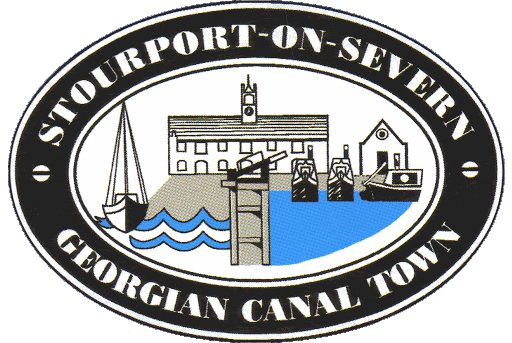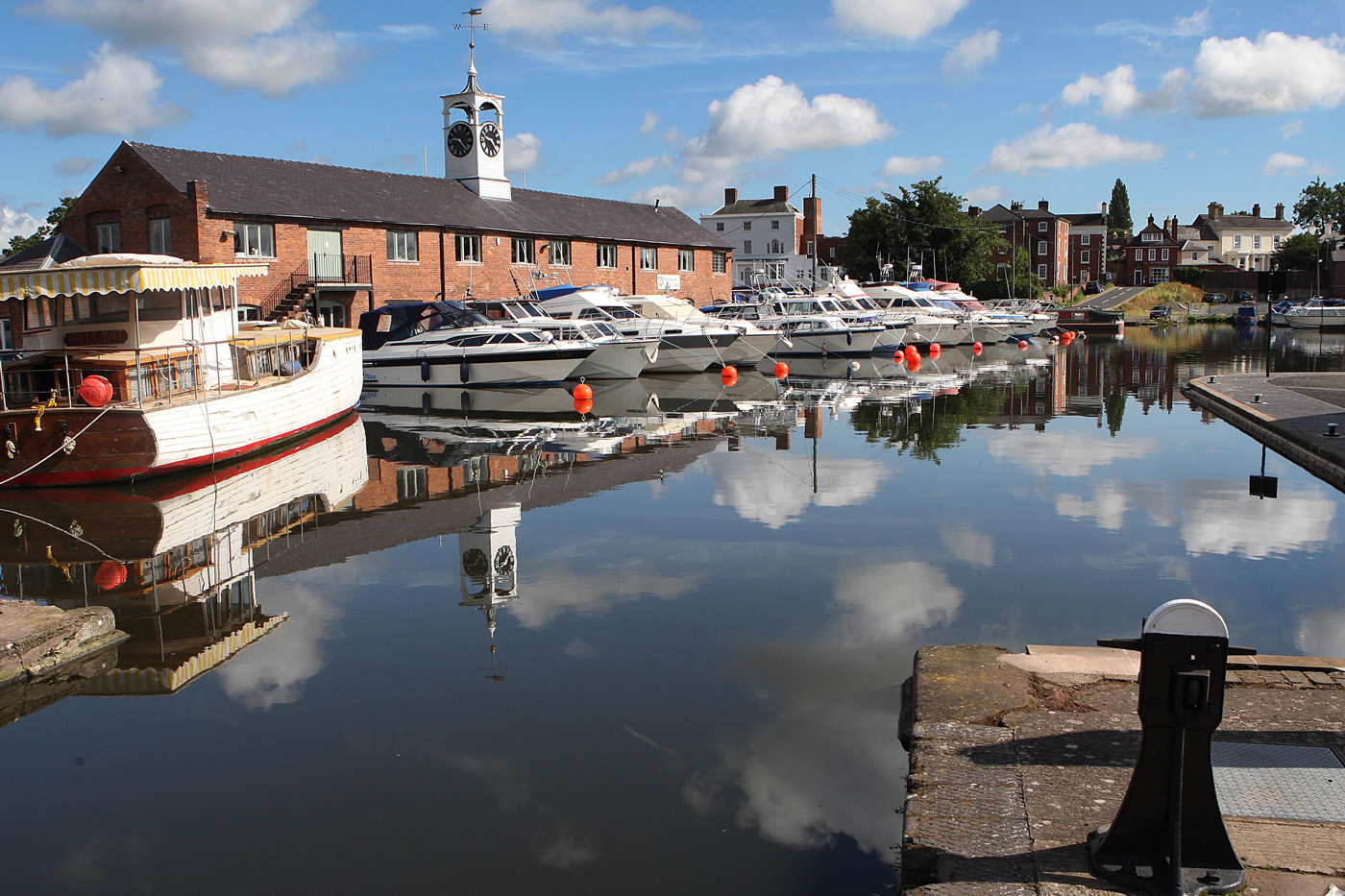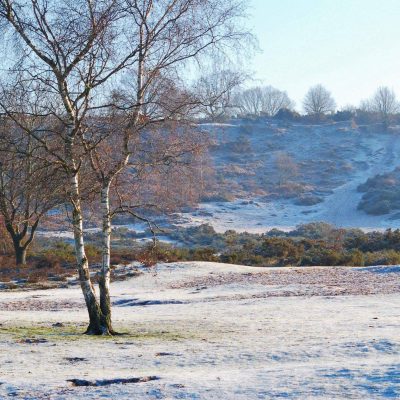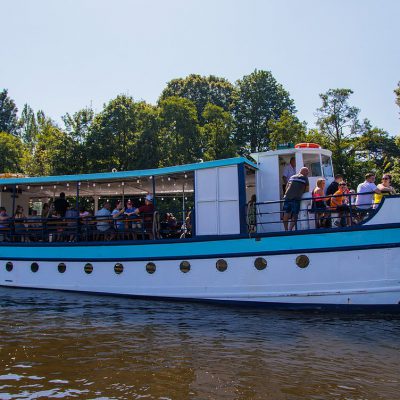The canal basins, at the historic heart of Stourport-on-Severn are managed today by the Canal & River Trust, a national charity. The basins are the key to Stourport’s origin as a canal town. The basins have been restored, regenerated and returned to their original Georgian splendour, opening up a fascinating heritage attraction.
The canal basins provide a great place to wander around at leisure and explore. The abundance of water creates an air of peace and tranquillity. Relax and unwind in one of the local pubs, cafes and restaurants in and around the Canal Basins. Watch boats travelling through the locks and five historic basins which house nearly 100 narrowboats and yachts and many listed Georgian houses and warehouses.
Stourport Canal Basins still remain largely intact from the golden age of the canals in the late 1700’s – early 1800’s, and recently underwent a major award-winning regeneration programme which was completed in 2008.
Stourport Canal Basins are made up of five historic basins, home to nearly 100 narrowboats and yachts, and one re-opened basin, plus five canal locks and a dry dock, all located on the bank of the River Severn in the picturesque Severn Valley. Popular legend has it that James Brindley chose Stourport rather than Bewdley for his canal because the citizens of Bewdley did not want his ‘stinking ditch’ passing through their town. The reality is that Stourport made far more sense from a topographical point of view. A canal joining the River Severn at Bewdley would have needed to cross several hills. Joining the Severn at Stourport it could follow the Stour valley and this obviously made construction much cheaper.
The Staffordshire and Worcestershire Canal linked the River Severn with the Trent and Mersey Canal and as a result, after Birmingham, Stourport became the busiest inland port in the Midlands. The canal opened to Stourport in 1771 and by 1812 the five canal basins had been built.
The town rapidly expanded and by the 1780’s there were brass and iron foundries, a vinegar works, tan yards, worsted spinning mills, carpet mills, barge and boat-building yards, warehouses, shops, houses and inns. By 1795 it had 200 houses and 1300 inhabitants.
The aim of the award-winning regeneration programme was to bring the Stourport Canal Basins and their surroundings back into full, vibrant, sustainable use. The community were actively engaged during the programme through volunteer activities, arts events and commissions, site interpretation, education trails and skills development.
The partners in the Stourport Canal Basins regeneration project included Heritage Lottery Fund, British Waterways, Advantage West Midlands through Stourport Forward, Wyre Forest District Council, Stourport Town Council, Worcestershire County Council and the Arts Council.





